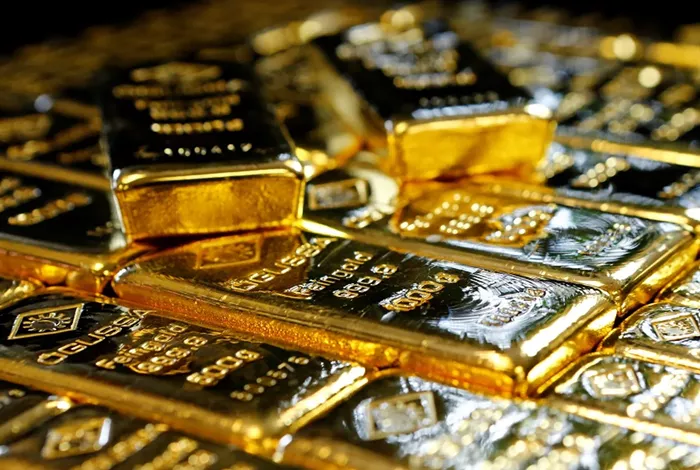The price of gold has soared to an all-time high, surpassing US$2,900 (A$4,544) per ounce this month. This marks a 12% increase since the beginning of the year, significantly outperforming both the US and Australian stock markets. In comparison, the S&P 500 has gained 4%, while the ASX 200 has risen by just 2% over the same period.
This rally follows an exceptional performance in 2024 when gold surged by 27%—the most substantial annual gain in 14 years. Several key factors are fueling this upward trajectory, including inflation concerns, heightened geopolitical risks, and robust central bank demand.
Key Drivers of Gold’s Rally
Gold supply remains relatively steady, sourced from global mining operations and recycling. However, demand fluctuates across four major sectors: jewelry, technology, investment, and central bank acquisitions.
In 2024, jewelry accounted for approximately 50% of total gold demand, technology contributed 5%, investment demand made up 25%, and central bank purchases comprised 20%. While each component influences gold prices differently, the recent surge is largely attributed to central bank acquisitions.
Global Supply and Demand Dynamics
Gold is mined worldwide, from African nations to industrialized countries such as Australia and Canada. Demand is equally global, with China and India dominating the jewelry market, while investment and central bank demand come from various nations.
The precious metal’s appeal lies in its status as a store of value, meaning it retains purchasing power over time. Unlike fiat currencies such as the US or Australian dollar, which depreciate due to inflation, gold is widely regarded as an inflation hedge.
Gold as a Safe Haven
Gold’s value often surges during crises, reflecting its reputation as a safe-haven asset. Historically, gold prices spiked following major global events, including the September 11 attacks in 2001, the 2008 financial crisis, and the COVID-19 outbreak in 2020. This effect is typically short-lived, with gold prices stabilizing after approximately 15 days.
More recently, Russia’s 2022 invasion of Ukraine and subsequent economic sanctions triggered significant central bank gold purchases, as governments sought alternatives to foreign currency reserves. Central banks acquired a record 1,082 tonnes of gold in 2022, followed by 1,051 tonnes in 2023 and 1,041 tonnes in 2024.
Beyond geopolitical concerns, such purchases also impact exchange rates. As central banks shift reserves from US dollars to gold, the dollar weakens, making gold more expensive. This dynamic enhances gold’s role as a currency hedge, particularly for nations with volatile currencies like the Australian dollar.
Uncertain Economic Outlook
While previous gold rallies were linked to identifiable global crises, the latest price surge lacks a singular triggering event. However, economic and political uncertainties may be contributing factors.
The return of former US President Donald Trump has heightened inflation fears due to potential tariff policies and trade conflicts. Additionally, shifting US foreign policy stances have added to geopolitical instability, fostering increased investor uncertainty.
Gold’s current record-breaking run underscores its sensitivity to economic distress. Historically, the metal has anticipated inflationary pressures and geopolitical upheavals, often reacting ahead of broader financial trends. While the precise cause of gold’s latest ascent remains unclear, its implications suggest a cautious outlook for the global economy.
Related topics:
- India Surpasses China in Gold Purchases, Buying 51% More in Three Months
- Gold Rates Skyrocket in Chennai on Diwali, 24K Gold Exceeds Rs. 81,000 Per 10 Grams
- Bitcoin Poised for a Surge Amid Gold’s Delivery Delays, Expert Claims


